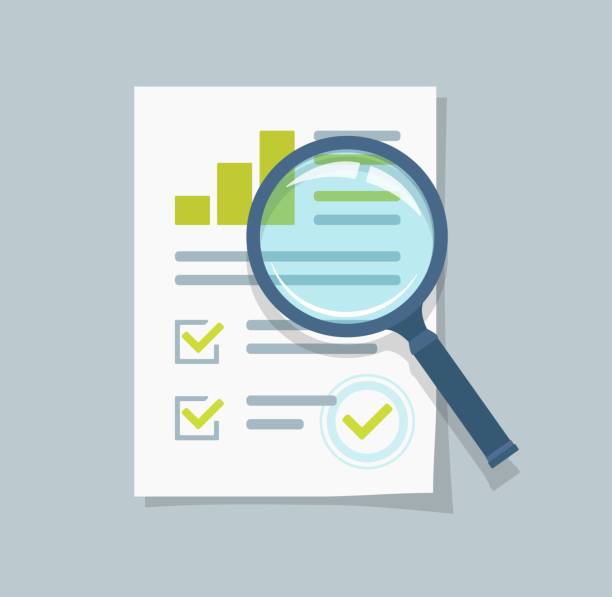Preventing Identity Fraud With AI-Based Digital Document Verification

It’s no hidden fact that identity fraud was, is, and probably will always be an issue for all types of organizations and government institutions. As if the situation wasn’t bad enough, the pandemic has made more and more businesses digital, which means there are more risks of fake identities and documents. According to research statistics, around 712 billion dollars were lost in 2020, all due to identity theft.
However, the news isn’t all bad, because digital document verification, with the use of artificial intelligence, has provided relief. This efficient technology allows businesses to authenticate documents of potential customers before taking them on board.
Since most businesses carry out their transactions, digital document verification allows them to simply scan the documents of the user, and carry out various document checks to ensure authenticity.
If everything looks great, please update the article today.
Document Verification Services with AI
Digital problems require digital solutions. This is the same with digital document verification, which makes it very easy for businesses to verify their customers’ documents. Before this digital document verification was implemented, the process of document authentication was used to involve people manually in verifying documents.
In one way, the process was simple because the person was right in front of the officer verifying his identity, and the face could be matched easily just by looking. But in digital spaces, imposters use photoshop and other kinds of tampered images to manipulate the systems. This is where digital document verification employs the use of AI.
Since most businesses carry out their transactions online, digital document verification allows them to simply scan the documents of the user, and carry out various document checks to ensure authenticity.
Types of Documents used for Fraud
Finding ways to do fraud is the lifestyle of criminals, and faking identities using documents is quite a common thing.
Illegitimate/Illegal Documents
Those documents do not exist in the government records and were never issued. Fraudsters create these documents from the ground up, but there are certain attributes of original documents which cannot be faked. These standards are the reason the illegitimate documents get rejected.
False Documents
The second type of documents used for the wrong purposes is false documents. These documents are not created to copy original documents but are original documents that belong to someone else, i.e. stolen documents.
Altered Documents
Altered documents are tampered by criminals to make them look legitimate and get them through verification. In most cases, it’s not humanly possible to search the difference between original and fake in these types of documents.
How does Document Validation work?
Document validation services include certain steps to successfully verify all aspects of a document. The process involves various artificial intelligence and machine learning-enabled checks to verify whether the document is original or not. The vast libraries of saved data allow AI to check the formats and templates of the documents.
Then there is the MRZ (Machine Readable Zone) code, which is usually present at the bottom of the ID document. This code is decoded by the AI to cross-check with the previously verified details of the document. As an extra measure of security, ID cards also contain micro prints, and digital document verification using AI can detect micro prints as well.
In addition to this, sometimes the document may have torn off or have folded sides because they are all made of paper. Those documents are difficult to identify, so the models of AI are used in the verification process. Small changes in pixel density and separation are also detected in digital document verification. Also, different governments issue ID documents with distinct patterns or rainbow prints that are unique to that specific country. AI-based verification can identify even the slightest changes in these patterns, as well as the type of paper and the specific ink used in the document.
Benefits of Document Verification Solutions
In the past, manually verifying identities was a slow process that would sometimes even involve waiting in a queue, and studies show that 93% of customers stay loyal to businesses where the customer service is good. Therefore, digital document verification, which provides much more convenience to the end-users is a better solution. It just requires the users to upload photos of the ID document or passport, and the mobile app does the rest of the tasks. Moreover, recruitment for many businesses is now done online, so digital document verification is a useful tool for the complete inspection of potential employees.
Final Thoughts
For a digital business, the most vital thing is to know the clients. In fact, when clients do not see enough security measures, their trust in the company is lost. Digital document verification reduces the frauds associated with fake identities and the crimes which originate from this.



